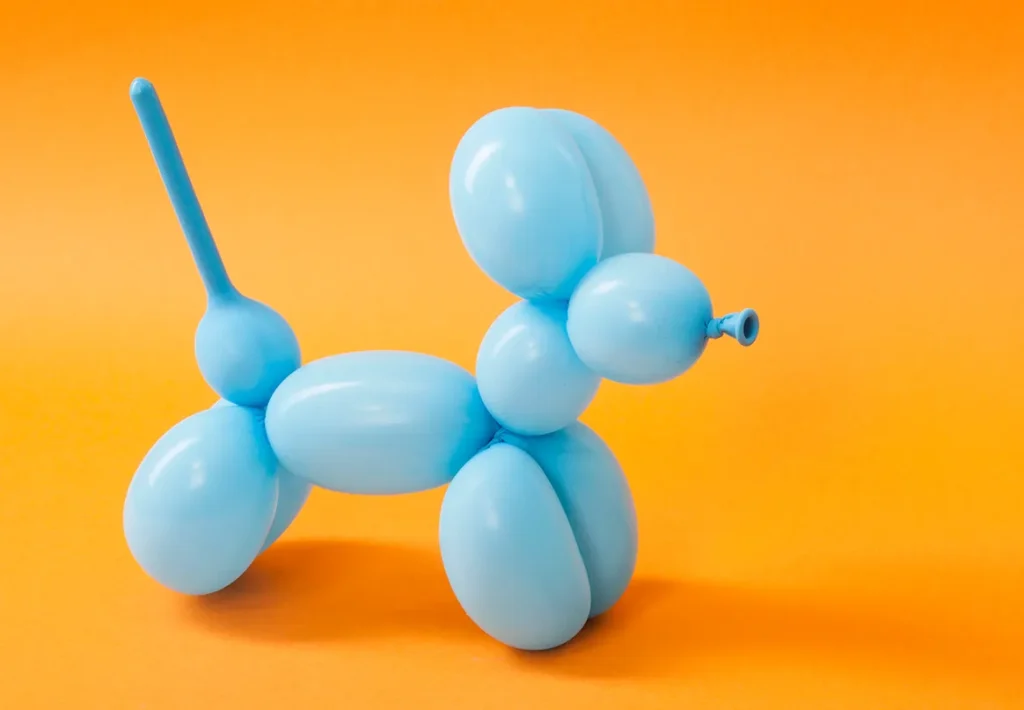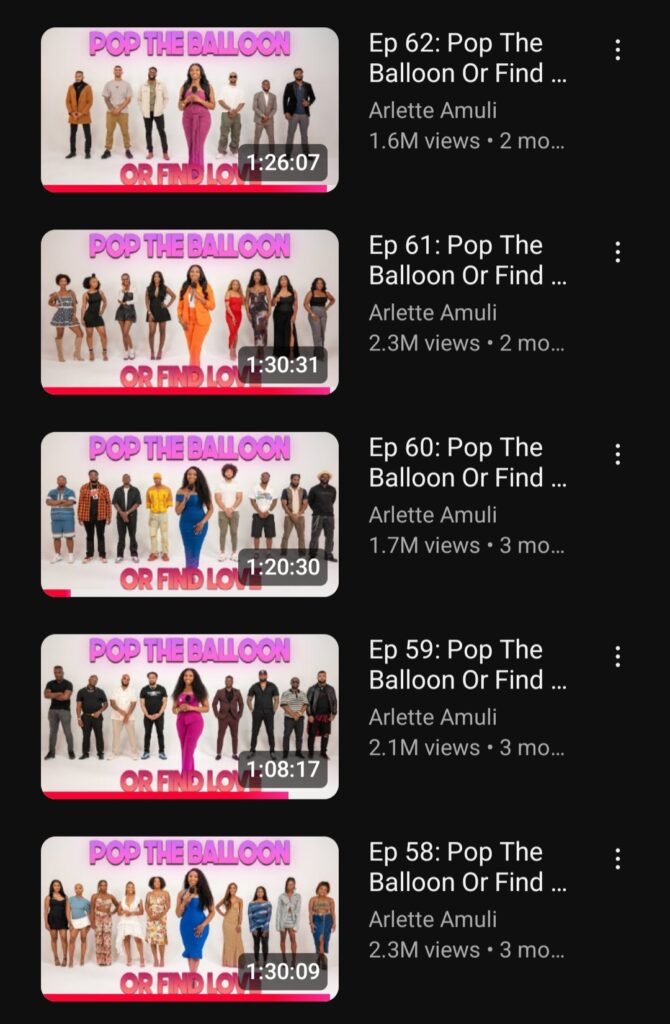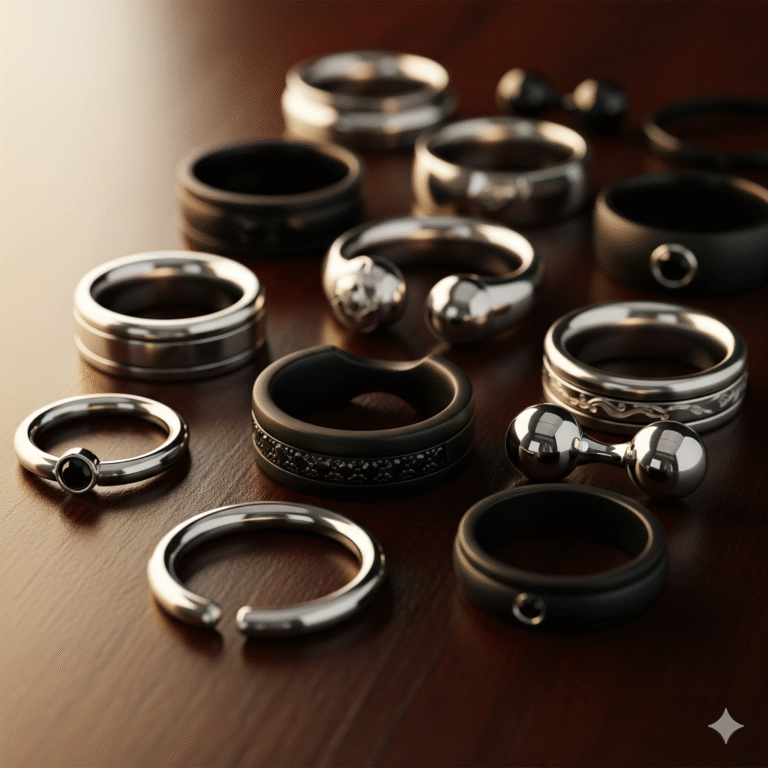
Balloon fetishism, often referred to within communities as a “looner” fetish, is a form of object fetishism where individuals experience sexual arousal or emotional excitement from balloons. This can include the sight, sound, touch, inflation, deflation, or popping of balloons—or the mere idea of them.
Origins and History
Unlike more traditional or widely recognized fetishes, the balloon fetish does not have well-documented roots in ancient cultures or psychoanalytic literature. Its emergence as a defined fetishistic interest appears to have coincided with the post-industrial era, particularly in the mid to late 20th century, when rubber and latex balloons became common household and party items.
While it is difficult to pinpoint an exact origin, anecdotal and clinical observations suggest that many looners first encountered their interest during childhood, associating balloons with parties, joy, excitement, or a sense of danger due to their explosive potential. Over time, these associations can blend with developing sexuality, forming a fetishistic attachment.
Terminology
- Looner: A person with a balloon fetish.
- Non-popper: A looner who dislikes popping balloons and may experience anxiety or emotional attachment to the objects.
- Popper: A looner who finds sexual or emotional excitement from popping balloons, sometimes gradually, sometimes explosively.
- Inflation/Deflation: The act of inflating or deflating balloons can be fetishized on its own, often linked to control, breath play, or bodily metaphors.
- Sit-pop: Sitting on a balloon until it pops.
- Blow-to-pop (B2P): Blowing up a balloon until it bursts—a popular scenario among poppers.
- Necking: Over-inflating a balloon to the point where its neck stretches unnaturally—often visually stimulating to looners.
Psychological Aspects

Balloon fetishism falls under the broader category of paraphilic interests. The underlying psychological drivers can vary widely between individuals:
- Conditioning: Some looners may have experienced sexual arousal in the presence of balloons during adolescence, reinforcing the association.
- Sensory Arousal: The tactile sensation of latex, the visual appeal of inflated balloons, and the sudden sound of popping can all act as stimuli.
- Emotional Symbolism: Balloons can symbolize innocence, vulnerability, or unpredictability. For some, the fear of popping becomes eroticized; for others, it’s the tension and suspense.
- Control and Power Dynamics: In some cases, especially with popping or inflation scenarios, themes of control, dominance, or release are subtly present.
- Anxiety and Catharsis: The anticipation and eventual popping of a balloon can serve as a controlled release of anxiety, mirroring emotional or sexual tension.
Overlap with Other Fetishes
Balloon fetishism often overlaps with:
- Latex or Rubber Fetishism: Balloons are made from latex, sharing a common material with other fetish objects like gloves, suits, or masks.
- Inflation Fetishism: Where body inflation or the inflation of objects is central, balloons naturally align due to their symbolic and visual similarity.
- Popping or Destruction Fetishes: Some people find arousal in the destruction of delicate items, with balloons serving as ideal candidates.
- Sound Fetishes (Acoustophilia): The sharp sound of a popping balloon may trigger arousal or excitement.
- Objectophilia: Emotional or romantic attachment to inanimate objects, including balloons.
Presence in Modern Culture
While still relatively niche, balloon fetishism has become more visible due to the rise of the internet, online art, and alternative sexual expression. Media portrayals, documentaries, and articles (e.g., Vice, The Guardian, Psychology Today) have helped shed light on this community, often with a mix of curiosity and caution.

While ‘Pop the Balloon or Find Love‘ is primarily a fun and engaging dating show, its playful use of balloons can unexpectedly resonate with viewers who have a looner fetish. The show’s vibrant balloon popping segments, combined with the anticipation and sensory elements, create a unique visual and tactile experience that many looners might find appealing.
In mainstream adult content, looner videos and balloon-related scenes are a specialized subgenre. Artistic photography and surrealist fashion have also occasionally incorporated inflated balloons, sometimes hinting at or outright invoking fetishistic themes.
Balloons are also occasionally used in kink and BDSM scenes, where popping is part of a punishment or sensory play routine.
Stigma and Community Support
As with many fetishes, looners may face social stigma, especially due to the association of balloons with childhood. However, within the looner community, there’s a strong sense of identity, creativity, and emotional depth. For many, the fetish is not just sexual—it can be comforting, nostalgic, or even romantic.
Supportive discourse has emerged in sex-positive blogs, forums, and educational resources, emphasizing consent, safety (especially around popping and latex allergies), and self-acceptance.
Conclusion
Balloon fetishism, or looning, is a unique and multifaceted form of sexual and emotional expression. Though it might seem unusual to outsiders, it shares many characteristics with other fetishistic behaviors: rooted in early experiences, shaped by personal psychology, and often fulfilling needs beyond just the sexual. As society becomes more accepting of diverse expressions of sexuality, understanding and empathy toward such fetishes become increasingly important—not just for those within the community but for anyone seeking a fuller picture of human intimacy and identity.
Do you want to explore this fetish further in a private virtual session? Contact me or fill out the Slave Application.
Did you enjoy this article? Donate to the cause via Tribute (Send Money).
Feel free to leave your thoughts in the comment section of this post.
Subscribe to My Newsletter!
Get new content updates every week...or when I feel like sending one!




















